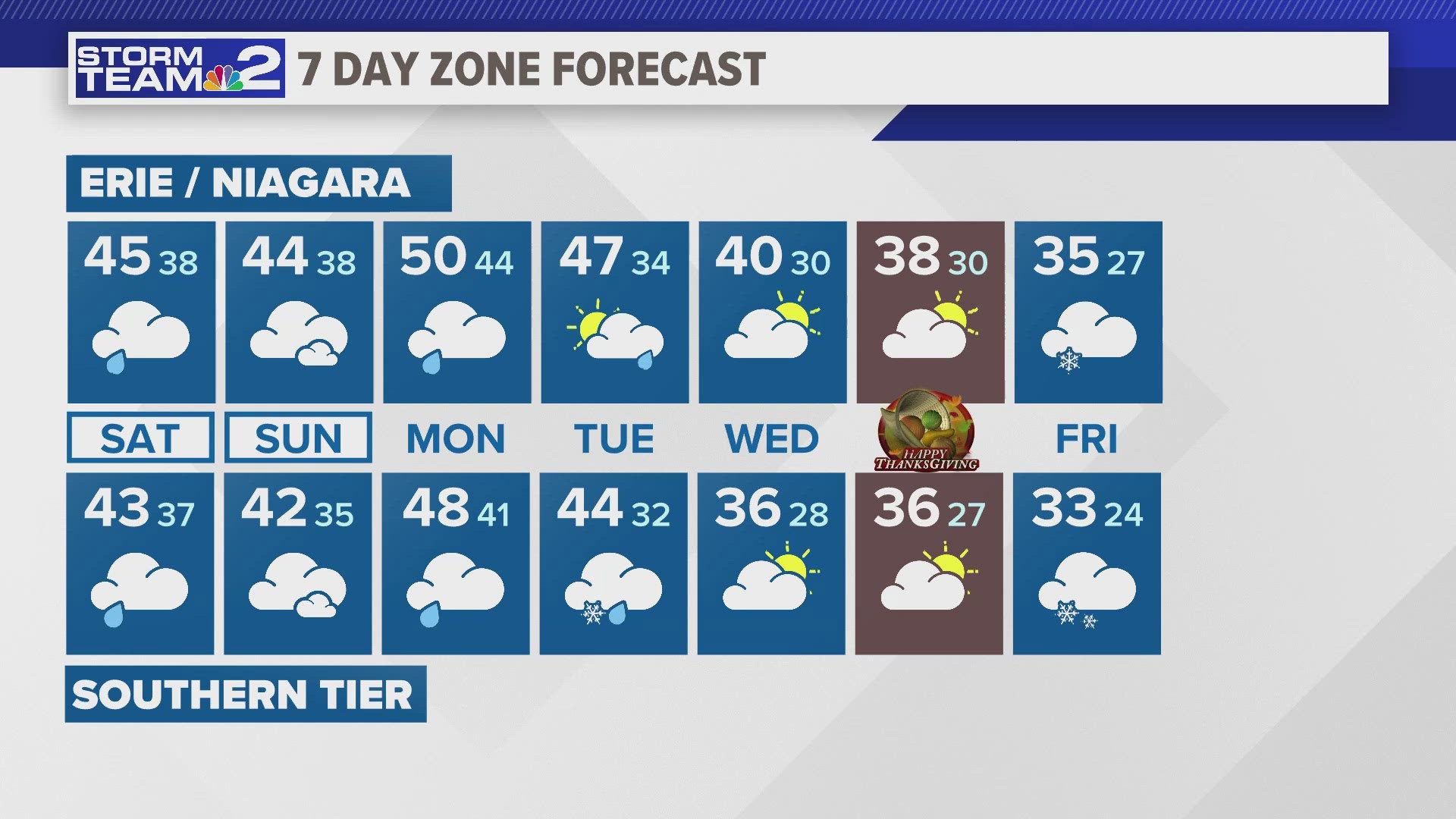NEW YORK — Letitia James, New York's Attorney General is calling on the National Weather Service to send Wireless Emergency Alerts (WEAs) alerting people about severe weather events.
According to the AG's office, the National Weather Service sends regionalized alerts to cellphones for other extreme weather events, but not winter storms.
James referenced the Buffalo Blizzard last December that contributed to the deaths of 47 people. Nearly half of those who died, died in a vehicle or outside.
“A wireless emergency alert can be the difference between life and death,” said Attorney General James. “Multiple reports issued in the aftermath of last December’s devastating blizzard in the Buffalo area agree that better, earlier communication with the public about the storm could have saved lives. I urge the National Weather Service to immediately expand Wireless Emergency Alerts to include severe winter storms so New Yorkers have access to the information they need to protect themselves, their families, and their loved ones.”
The blizzard that hit Buffalo and the Western New York Region lasted 37 hours. The National Weather Service forecasted a “once in a generation” storm would bring “damaging winds of 60 to 70 mph,” “paralyzing heavy lake effect snow,” and a “rapid flash freeze,” but they did not send WEAs about these hazardous conditions to New Yorkers before or during the storm, according to the Attorney General.
Wireless Emergency Alerts are part of a national system which state and local public safety and emergency management agencies can sent emergency text messages to the the community via cellphones. The National Weather Service is part of the WEA system.
IN addition to requesting the National Weather Service utilize WEAs, Attorney General James is requesting the NWS conduction an assessment of 2022 blizzard.



